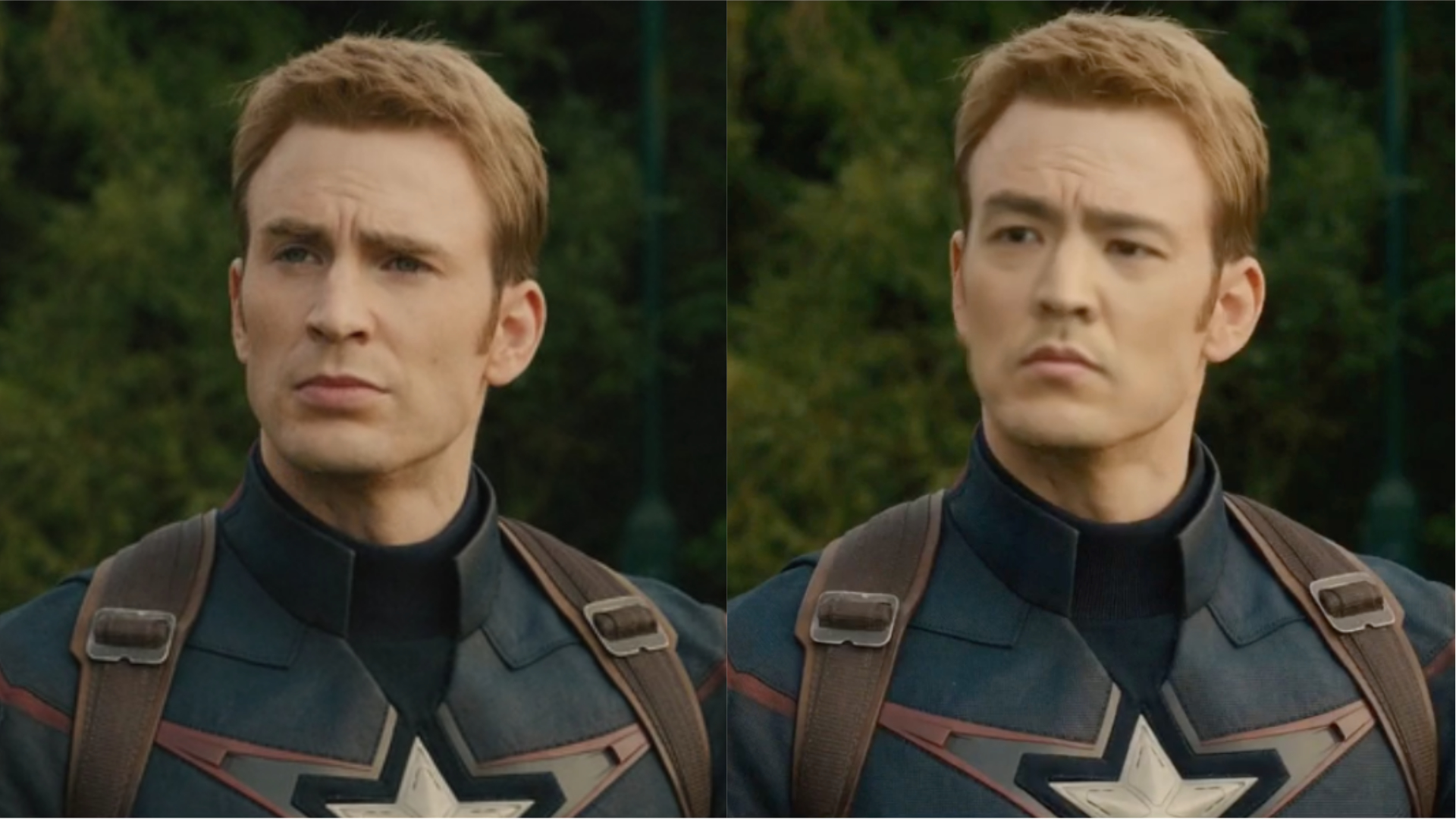Well, it turns out seeing is not believing anymore folks. Experts have claimed that deepfakes could very well become one the biggest threats to mankind and according to the New York times it could dismantle entire democracies let alone regular people like you and me. If this is your first time hearing about deeepfakes, let’s start from the basics. What is a deepfake? Wikipedia defines it like this,
“Deepfake, a portmanteau of “deep learning” and “fake”, is an artificial intelligence-based human image synthesis technique. It is used to combine and superimpose existing images and videos onto source images or videos using a machine learning technique called a “generative adversarial network” (GAN).”
Alright I admit, that’s a little complicated. To put it in simple terms, deepfake” are a new breed of videos featuring realistic face-swaps. In short, a computer program finds common ground between two faces and stitches one over the other. If the source footage is good enough, the transformation is nearly seamless. So, basically, with just a collection of your online photos, and a video someone could make it seem like you did things you didn’t. This is no fantasy and it is as scary and intriguing as it sounds.
So what are the good things that deepfakes can do? To put it mildly, It can flip the entire movie industry on its head. For example, in the movies, Captain America is a white guy. But what if he were played by Korean-American actor John Cho? This was tricky to imagine a few months ago, as Hollywood studios still don’t cast Asian actors in starring roles very often. Now, thanks to a new collection of deepfakes by digital strategist William Yu, the creator of See Asian-American Stars, we don’t even have to rely on imagination and we can actually see it in action. After Star Trek went off air, the fans made a series called Star Trek Continues that has the original crew of characters played by different actors. One deepfakes enthusiast used the technology to make a modified clip from that series. This guy used a neural network set up for translating one face to another to put the original characters faces onto this new show’s cast.
Of course there are going to be some massive disadvantages of such a powerful technology. There are significant problems associated with ‘deep fakes’, with regards to content of all kinds. When we aim to find the truth behind political content, we can be easily tricked via the visual medium. Since we trust the words more when they’re spoken, ‘deep fakes’ can easily manipulate voices, images and gestures of all leaders and company heads, so that the message can be changed as necessary. A video clip of Delhi Chief Minister Arvind Kejriwal, was released showing him urging people to vote for Congress. This spread like wild fire, and the CM had to post an update telling people it’s fake.
With AI improving everyday deepfakes are all set to take fakenews to another level. we must be skeptical about the content we consume and understand the context behind certain videos being shared. We can use online service like Serelay and Truepic. They allow users to upload suspect photos to check whether they have been doctored. The system performs a series of checks and computations. Truepic uploads its users’ images and stores them in its servers, Serelay stores a digital fingerprint of sorts by computing about a hundred mathematical values from each image. To determine where modifications, if any, have been made.
We still have a way to go to be fully prepared for the proliferation of deepfakes but we must develop a habbit to fact check every important piece of information we find online. At the end of the day, the responsibility rests on our shoulders to be discerning consumers of content.
-Nishant
















